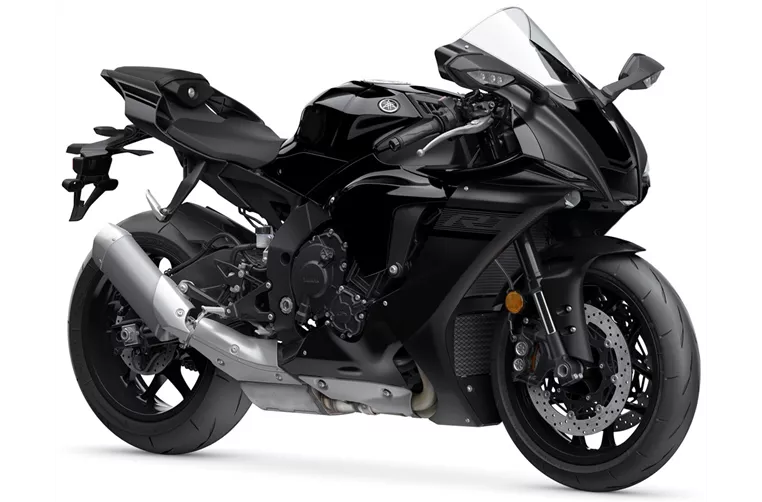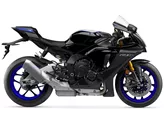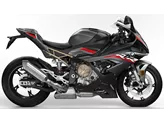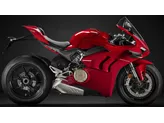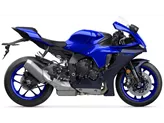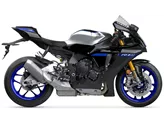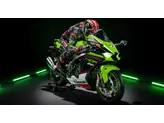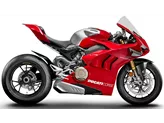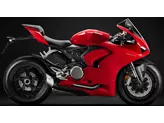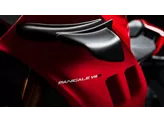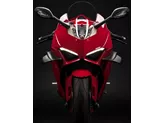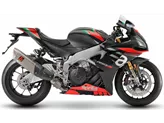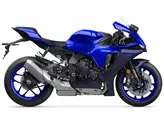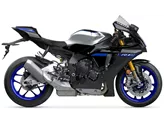Ducati Panigale V4 2020 vs. Yamaha R1 2020

Ducati Panigale V4 2020
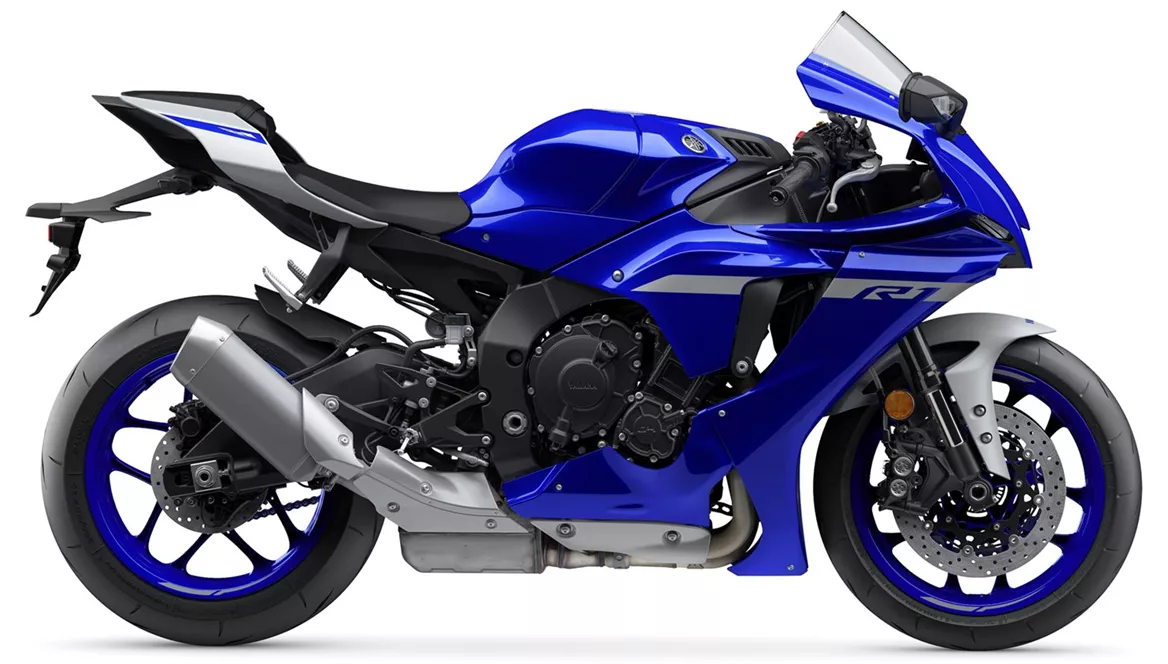
Yamaha R1 2020
Overview - Ducati Panigale V4 2020 vs Yamaha R1 2020
The Ducati Panigale V4 2020 and the Yamaha R1 2020 are both high-performance supersport motorcycles that offer impressive features and capabilities. However, there are notable differences between the two models.
In terms of engine specifications, the Ducati Panigale V4 2020 is equipped with a 1103cc engine that delivers a power output of 214 HP and a torque of 124 Nm. On the other hand, the Yamaha R1 2020 has a slightly smaller 998cc engine that produces 200 HP of power and 112.4 Nm of torque. Both motorcycles have four cylinders and four valves per cylinder, but the Ducati Panigale V4 2020 features Desmodromic valves, while the Yamaha R1 2020 has DOHC valves.
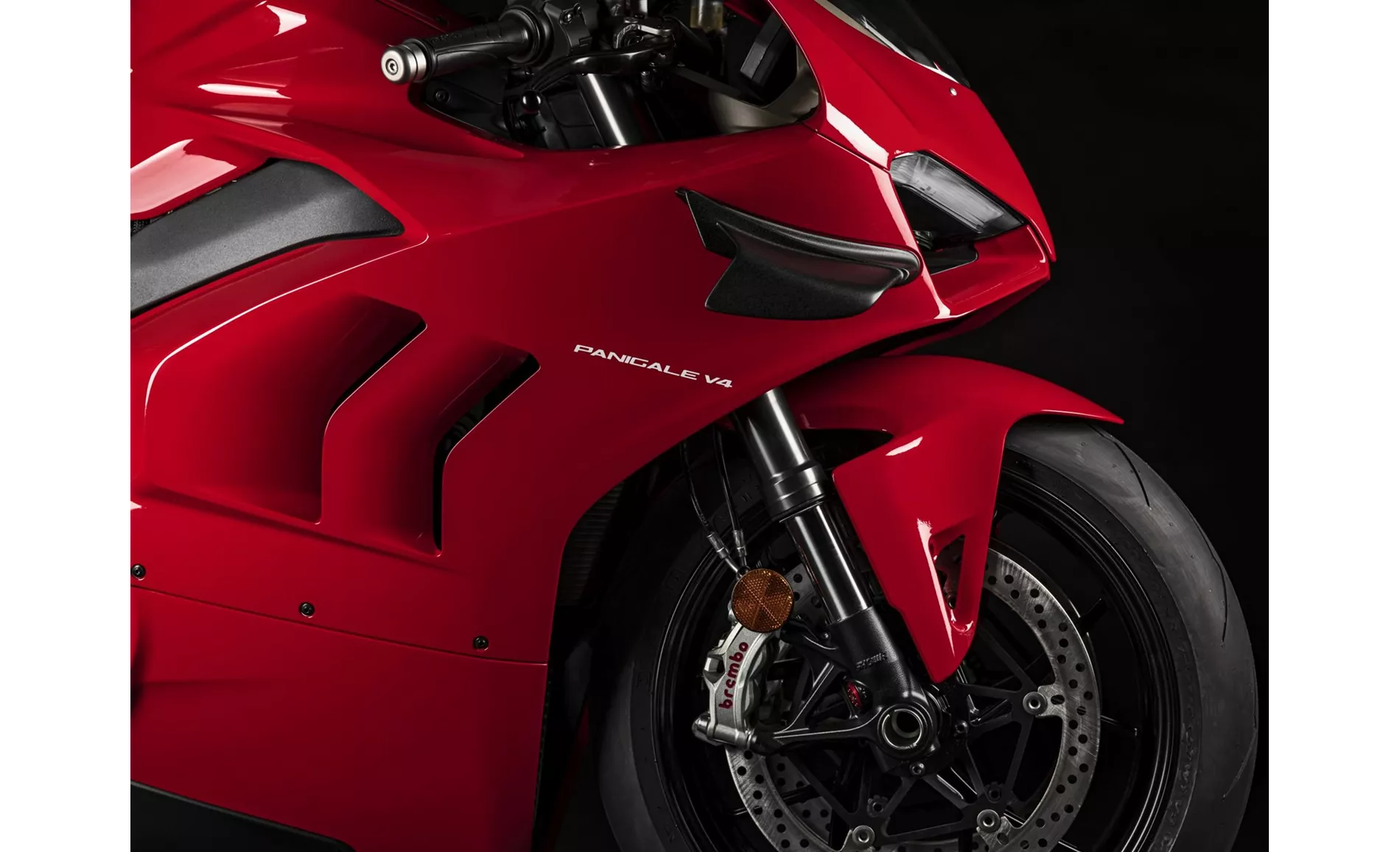
Ducati Panigale V4 2020
When it comes to suspension, both motorcycles are equipped with upside-down telescopic forks in the front. The Ducati Panigale V4 2020 features a monocoque frame made of aluminum, while the Yamaha R1 2020 has a Deltabox aluminum frame. Both models have double disk brakes in the front, but the Yamaha R1 2020 also offers additional advanced rider assistance systems such as launch control and traction control.
In terms of dimensions and weights, the Ducati Panigale V4 2020 has a wheelbase of 1469 mm and a seat height of 830 mm. It weighs 198 kg (with ABS) and has a fuel tank capacity of 16 liters. On the other hand, the Yamaha R1 2020 has a slightly shorter wheelbase of 1405 mm and a higher seat height of 855 mm. It weighs 199 kg (with ABS) and has a larger fuel tank capacity of 17 liters.
Now, let's discuss the strengths and weaknesses of each model. The Ducati Panigale V4 2020 has clever electronics, which enhance its performance and safety. It also offers noticeable upgrades compared to the previous year's model, making it more appealing. Additionally, it is considered more accessible than ever before, allowing a wider range of riders to enjoy its capabilities. However, it has a small fuel tank from an ergonomic standpoint, and its straight-line driving performance in wet conditions may be compromised.
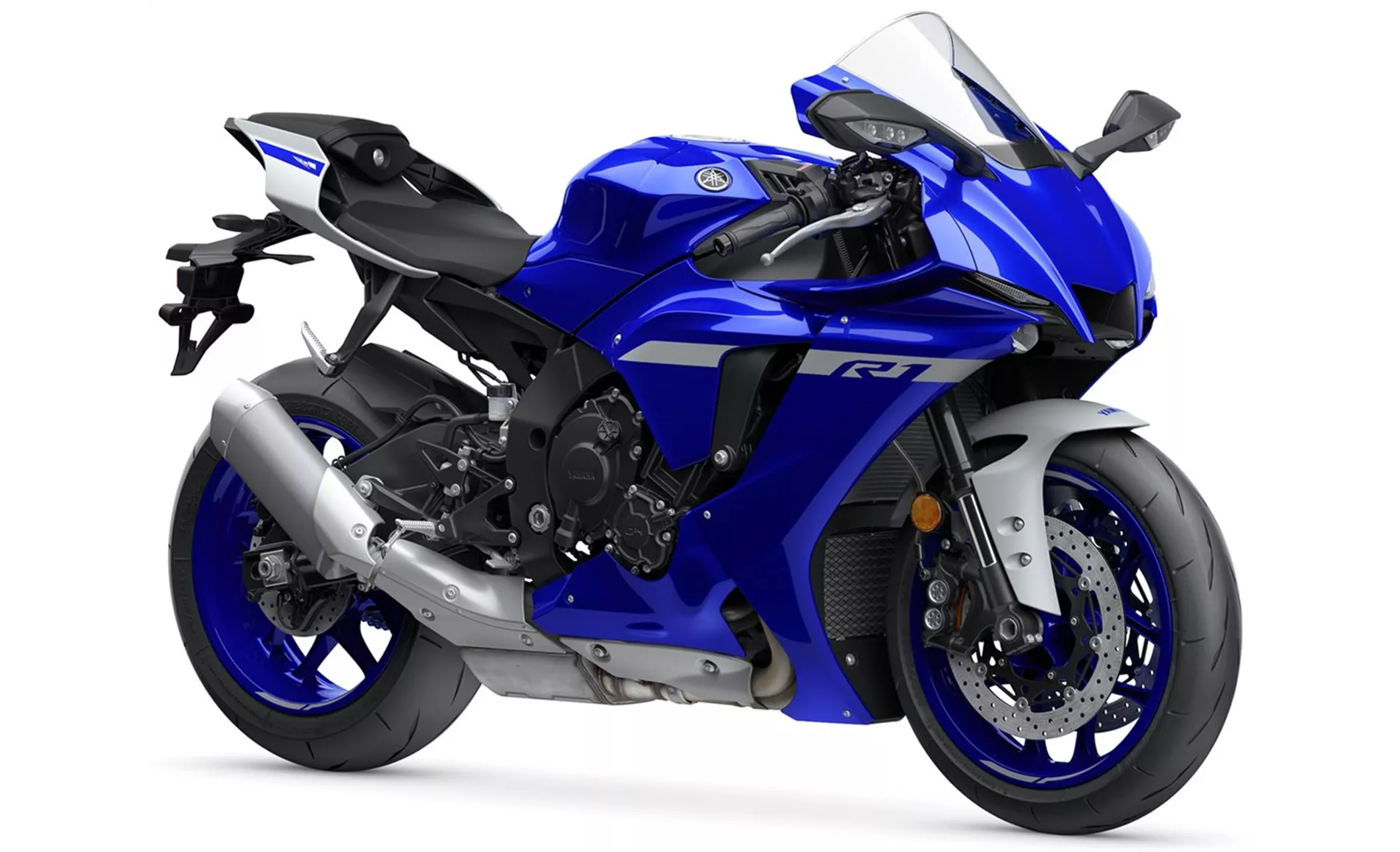
Yamaha R1 2020
On the other hand, the Yamaha R1 2020 boasts a powerful engine that delivers clean and responsive performance. It also produces a great but not intrusive sound, providing an exhilarating riding experience. The stable chassis and high-quality electronics contribute to its overall impressive performance. However, some riders may find the brakes on the race track to be less satisfactory compared to other aspects of the motorcycle.
In conclusion, both the Ducati Panigale V4 2020 and the Yamaha R1 2020 are exceptional supersport motorcycles with their own unique strengths and weaknesses. The Ducati offers clever electronics and noticeable upgrades, while the Yamaha impresses with its powerful engine and overall noble impression. Ultimately, the choice between the two models depends on the rider's preferences and priorities.
Technical Specifications Ducati Panigale V4 2020 compared to Yamaha R1 2020
Pros and Cons in comparison
Pros and Cons in comparison
Ducati Panigale V4 2020
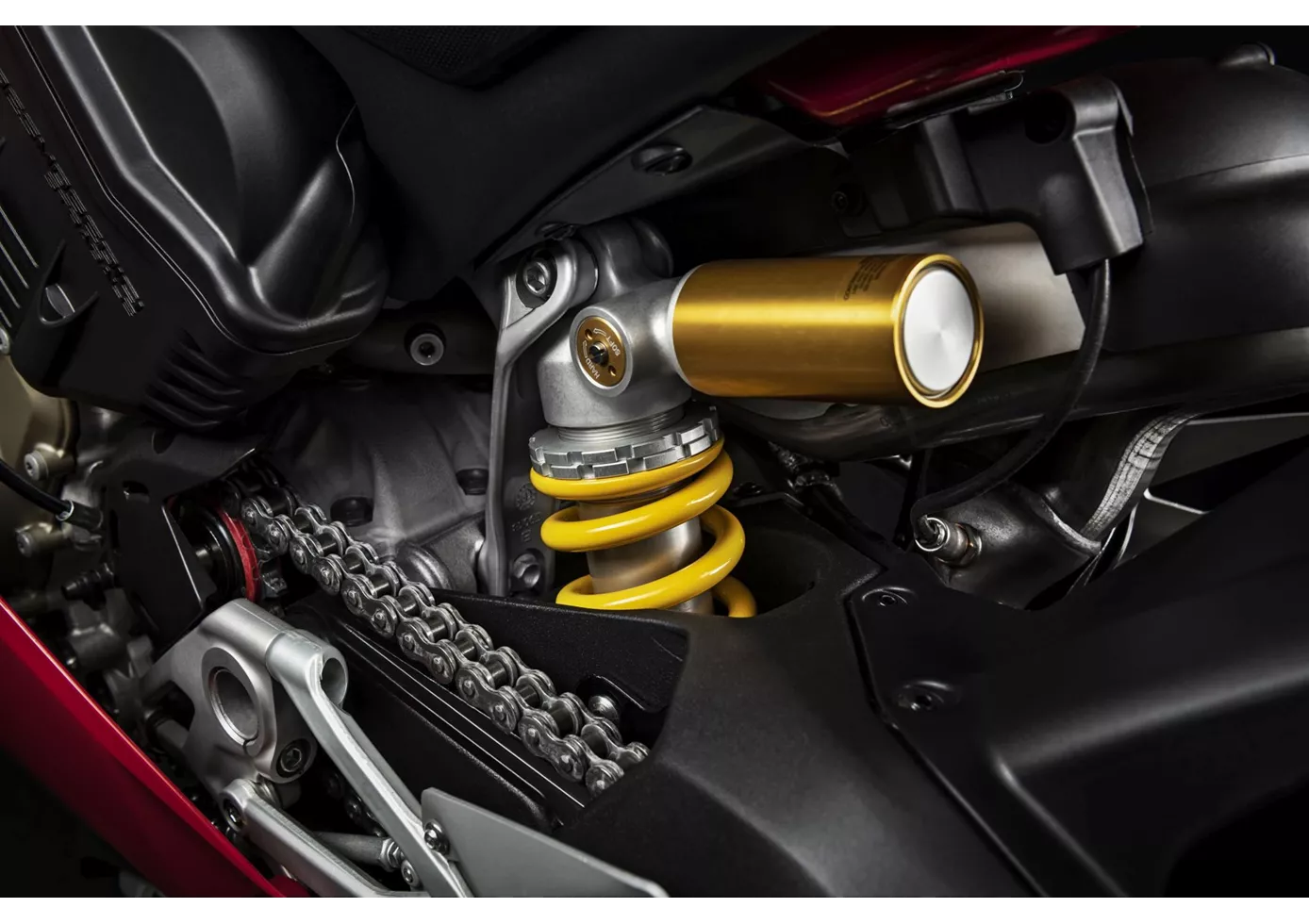
The conclusion is very easy for me. Ducati has made an "already almost perfect motorbike" even better without changing anything in a negative way. Although riding on the road with this radical fairing probably causes a stir and one or two riders find it uncomfortable, they obviously feel more comfortable with it on the race track. You get a motorbike "out of the box" that resembles a Superbike World Championship bike more than ever. I also believe that the V4 2018 owner is quite capable of improving his lap times with the 2020 version. My tip: if you take care to enlarge the tank or make it more grippy, you could go over the centre even more with your hull.
Yamaha R1 2020
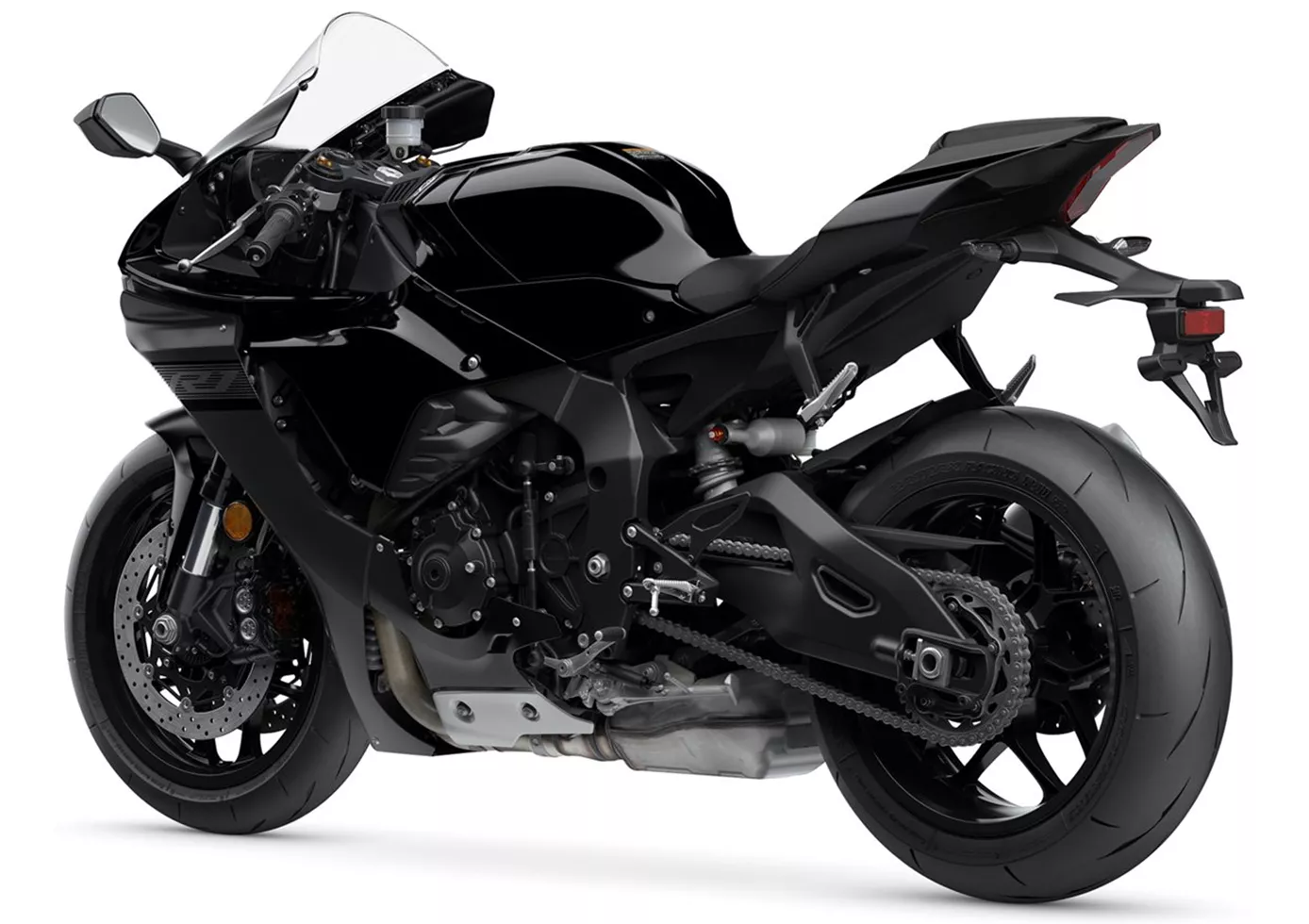
The Yamaha YZF-R1 is mature and makes countless racetrack pilots happy. The engine shines with lightness and agility, the seating position surprises positively and the handling is radical but still "suitable for the masses". The machine immediately stands out visually and also because of the heart-warming sound. Especially on the country road, the bike scores with its well-known strengths: great engine, great electronics, great package! A real pleasure to ride!
Price Comparison Avarage Market Price Ducati Panigale V4 vs Yamaha R1
There are a few key differences between a Ducati Panigale V4 2020 and a Yamaha R1 2020. In terms of price, the actual average price of a Ducati Panigale V4 2020 is about 70% higher. Compared to Yamaha R1 2020 there are less Ducati Panigale V4 2020 bikes available on the 1000PS.de Marketplace, specifically 6 compared to 9. It takes less time to sell a Yamaha R1 with 86 days compared to 100 days for the Ducati Panigale V4. Since model year 2018 1000PS.de editors have written 18 reviews for the Ducati Panigale V4 and 80 reviews for the Yamaha R1 since model year 2005. The first review for the Ducati Panigale V4 was published on 11/5/2017 and now has more than 131,500 views. This compares to more than 3,900 views for the first review on Yamaha R1 published on 4/28/2003.

